This year’s Asian Art in London (AAL; 30 October–8 November) launches with a gala party and private view of the British Museum’s exhibition ‘Ming: 50 Years that Changed China’ (18 September–5 January 2015). The 17 years since the inaugural AAL have also seen China, the Chinese art market and, indeed, the entire art market change almost beyond recognition. Few could have anticipated the meteoric rise of the country’s domestic market or those in Southeast Asia, or the proliferation – and acquisitiveness – of the new museums being built throughout Asia and the Middle East. Neither could anyone have predicted the dominance of contemporary art.
When AAL first launched in 1998, this dealer-led initiative was novel in embracing both the academic and commercial worlds, and for tempting international curators, collectors, scholars and enthusiasts to London by coordinating an impressive range of museum exhibitions, gallery shows, lectures, seminars and other events around the autumn Asian art auctions. Since that inaugural edition, the model has become a blueprint for other open-house projects. It has also, oddly enough, continued to serve its purpose.
Although London has never been the most important marketplace for the art of the Far and Middle East and the Indian subcontinent, its strengths remain. No other city can rival either the range and depth of its institutional holdings or that of its expertise, both in museums and specialist galleries, and this symbiosis is important. Several of AAL’s most renowned participating galleries are third- or fourth-generation businesses which, like its participating auction houses, have ensured a continuation of connoisseurship and research alongside the museums. Moreover, the London art trade is essentially ethical – not a given in the Chinese art market, in particular, which is riddled with clever fakes. Here, works of art with a provenance outside their country of origin may be acquired with confidence, and trade is supported by an impressive infrastructure of shippers, insurers, photographers and conservators – and a growing global population.
This new globalism distinguishes today’s city from the London of 1998, and continues to draw overseas galleries. The West End’s newest recruit is White Rainbow in Mortimer Street. Its founder, Yukiko Ito, is ‘excited to be introducing some of the most important contemporary artists from Japan to the dynamic and increasingly global art centre which London has become in recent years’.
As for Japanese collectors, once the mainstay of the market for classical Chinese art – and early ceramics, lacquer and sculpture in particular – they are making something of a comeback, according to Philip Constantinidi of Eskenazi. It is the mainland Chinese buyers, however, along with their Hong Kong and Taiwanese counterparts, who are the biggest players now. ‘We are seeing more of the end buyers from the Chinese mainland rather than their agents these days,’ says Daniel Eskenazi. ‘They are also more interested in sculpture than they used to be. A lot of them are investors, and they realise that prices of other works of art will rise to meet the levels currently realised by Qing porcelains.’
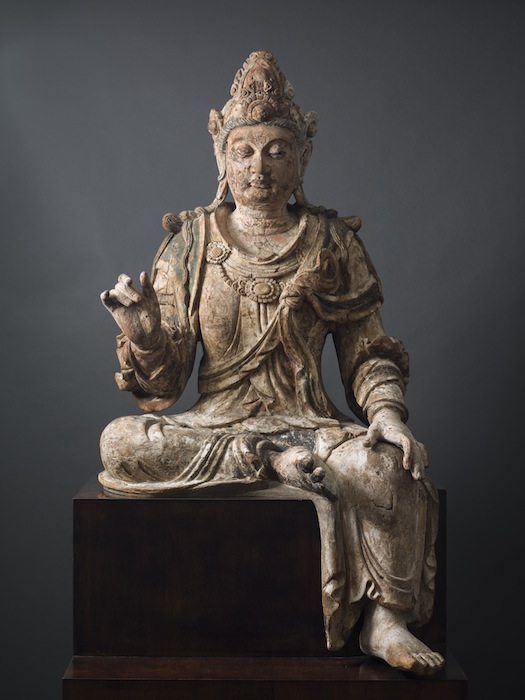
Seated figure of Avalokiteshvara (Guanyin), 11th–12th century, Northern Song/early Jin dynasty. Eskenazi
Chinese sculptures – some 22 works representing 1,000 years from 500 AD to 1500 – are unveiled by the gallery for this year’s event. Some five years in the making, it presents everything from small-scale Buddhist gilt-bronzes and marble steles to monumental limestone and polychrome and gilt-wood buddhas and bodhisattvas. Presiding over all is a powerful seated bodhisattva, probably Avalokiteshvara, superbly carved and standing 1.75m high, dating to the Northern Song or Jin period (11th–12th century). There is nothing like it outside of a museum, and certainly nothing like it in China. Its price tag of $30m is mighty – but arguably modest in comparison with porcelains and gilt-bronze statuary (a Yongle Buddha fetched $30m at Sotheby’s Hong Kong last October). This is one area in which it is still possible to acquire museum-quality work.
The dealer also presents its fourth exhibition of recent landscapes and rock studies by the refined ink painter Li Huayi (from $250,000–$750,000). The two shows open early to coincide with Frieze and Frieze Masters, and run from 15 October to 15 November. ‘We always had collectors who couldn’t come to London and stay for three weeks, so we decided to be set up and running for Frieze,’ adds Eskenazi.
Indian and Islamic art specialists such as Simon Ray similarly coincide with October’s Islamic Week in the salerooms, and such is the growing importance of this sale season that he has moved the publication of his annual catalogue to autumn. For the first time last year he found Chinese buyers for Mughal jades – and there are more on offer this year, including a dagger with a spirited carved horse hilt and a gem-set jade box (30 October–30 November). An irresistible image is his watercolour of a nobleman on a composite horse accompanied by angels, painted in Jaipur around 1780–1800. This is a fantastical, magical steed indeed, confected out of a myriad of tightly inter-locking and overlapping animals, birds and fish (£45,000).
Among Francesca Galloway’s Indian treasures is a jewel-encrusted Mughal-style velvet royal cap, worked in gold thread with pearls, rubies and emeralds. Made in Bombay by Ezra & Sion in the early 1900s, its label is rather delightful too. ‘Perfect ventilation – latest Combination’, it reads (30 October–7 November). For those that relish textiles, Jacqueline Simcox offers an early 18th-century Chinese export coverlet, its pale golden ground embroidered in multicoloured silks with mermaids and other fabulous sea creatures (30 October–8 November).
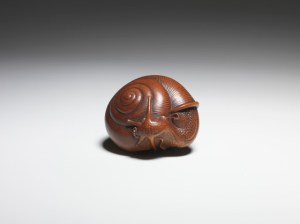
Netsuke of a snail emerging from its shell, c. 1840, Naito Toyomasa (1773–1856). Rosemary Bandini. Photo: Ken Adlard, New Moon photography
The natural world was, of course, the greatest source of inspiration to the carvers of netsuke. These once utilitarian ‘toggles’, invented in 17th-century Japan, evolved into ingenious and tactile pieces of extraordinary virtuosity. Rosemary Bandini presents 44 netsuke from the collection of the late Teddy Hahn. He favoured wood over ivory, and had a penchant for snails. This mid-19th-century example was carved by Naito Toyomasa (price on application; 3–8 November). At Marchant, some 28 pieces out of the 132 pieces of Ming and Qing blanc de chine porcelain on offer hail from the collection of Captain J. Meuldijk. Among them is a delectable late Ming Guanyin signed by the celebrated early 17th-century potter He Chaozong, remarkable for its expressiveness and for the goddess’ elegantly flowing robes (30 October–21 November). Nearby, Jorge Welsh opens his refurbished gallery with a show devoted to unusual forms of functional Chinese export porcelain. Most of these forms derive from Western prototypes in other materials, such as the pair of Qing spice boxes and covers of around 1730–40, decorated in overglaze enamels of the famille rose palette ( price undisclosed; 1–8 November).
Korean artist Jaehyo Lee makes three-dimensional sculpture which occasionally has a functional use, like the arresting juniper piece on show at the Albemarle Gallery (£17,500), alongside work by Mari Kim (30 October–29 November). This is the first year that contemporary Korean and Vietnamese art takes a bow at AAL.
Among the new overseas participants is New York dealer Fitzgerald Fine Arts, which specialises in contemporary porcelain vessels made in the traditional fashion in kilns in Jingdezhen, but decorated with a modern sensibility. On display at the Weiss Gallery, these are selling to both collectors of classical blue and white and to new Chinese museums. Prices from under £1,000 to £20,000 (30 October–8 November). No doubt these potters would be disconcerted by Aiko Miyanaga’s sound piece at White Rainbow that depends on newly fired ceramics suddenly exposed to cool air generating a subtle and unpredictable cracking, which can go on for years (7 October–22 November).
Asian Art in London takes place in various venues across the capital from 30 October–8 November.
Click here to buy the November issue of Apollo
Unlimited access from just $16 every 3 months
Subscribe to get unlimited and exclusive access to the top art stories, interviews and exhibition reviews.

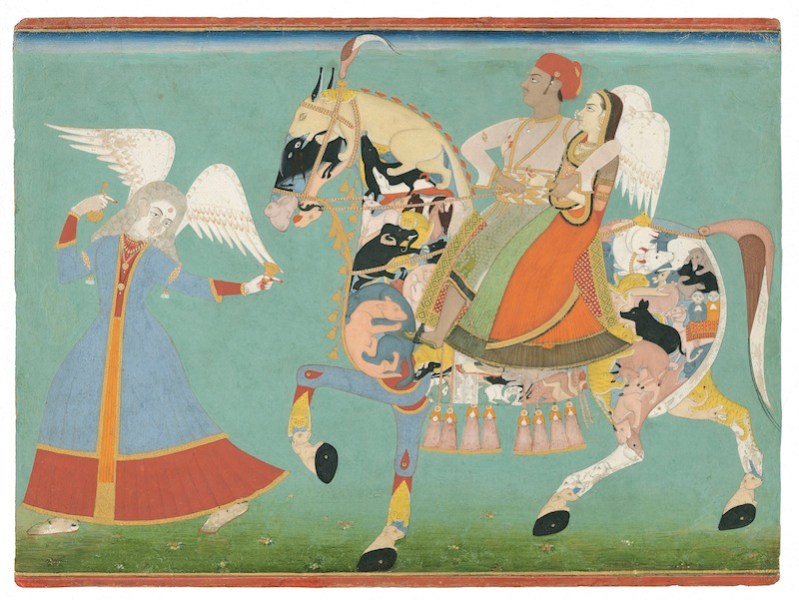
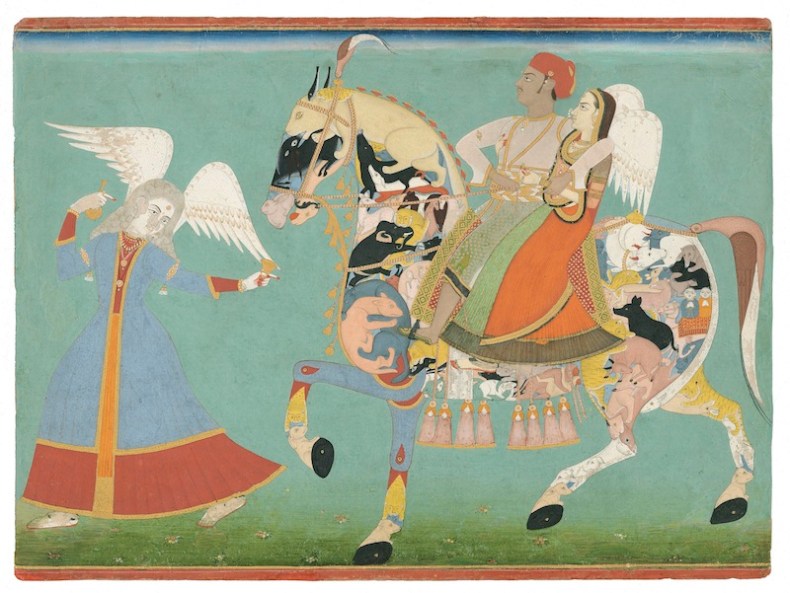
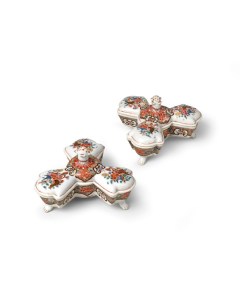
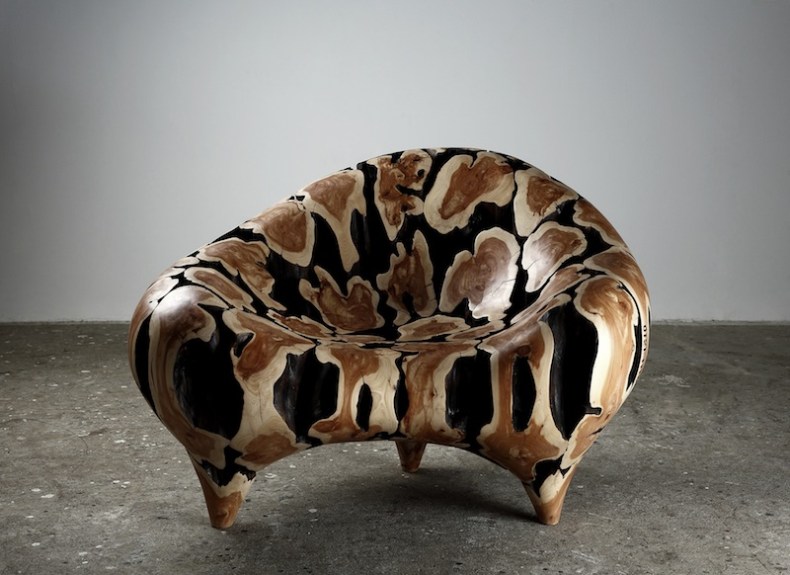
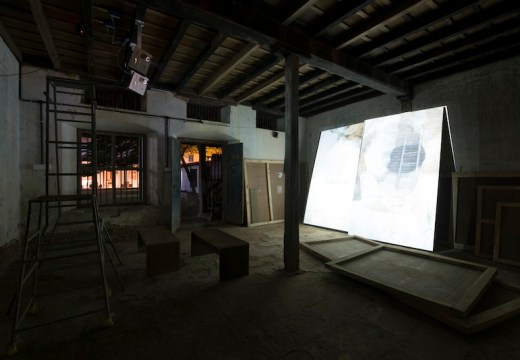










![Masterpiece [Re]discovery 2022. Photo: Ben Fisher Photography, courtesy of Masterpiece London](http://www.apollo-magazine.com/wp-content/uploads/2022/07/MPL2022_4263.jpg)
It’s time for the government of London to return to its rightful home